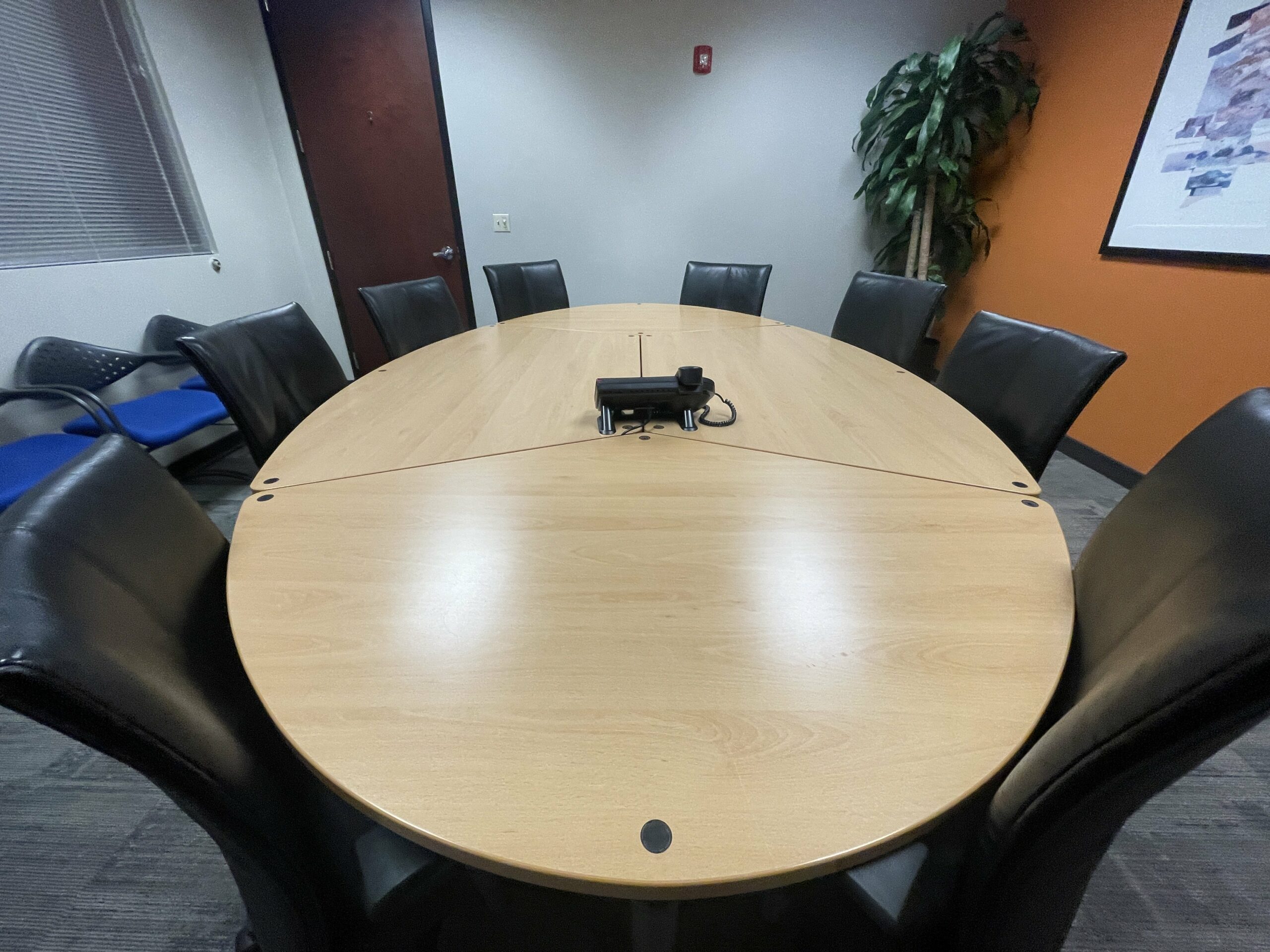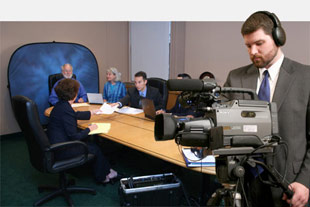Why Lawful Videography Is Essential for Accurate Legal Record-Keeping
In the world of legal procedures, the accuracy of record-keeping is vital, and legal videography arises as a vital tool in this context. As we explore the multifaceted advantages of legal videography, one have to consider its implications for the future of judicial stability and openness.
Significance of Visual Evidence
Establishing the importance of visual evidence in lawful proceedings is vital for ensuring accurate record-keeping and improving the general stability of the judicial procedure. Visual evidence works as a vital tool in documenting events, problems, and other important information that may be necessary to a situation. Unlike created accounts, which are vulnerable to analysis and bias, aesthetic recordings supply a purpose, unalterable depiction of truths as they took place.


This form of evidence can record a selection of elements, consisting of witness actions, ecological context, and physical evidence, all of which may affect judicial outcomes. By presenting a clear and thorough visual narrative, lawful videography removes ambiguity and aids to protect the authenticity of the proof.
Additionally, visual proof can be crucial in lowering disagreements over valid disparities, as it enables for a straight comparison against statement and various other documented documents. In an era where electronic innovation is progressively prevalent, the ability to existing aesthetic proof successfully can significantly boost the overall quality of legal procedures. Eventually, the incorporation of aesthetic proof not just boosts the paperwork process but likewise enhances public count on the judicial system by advertising openness and responsibility.
Enhancing Statement Reliability
The integration of lawful videography right into courtroom procedures substantially boosts the integrity of witness testimony. By recording the nuances of verbal and non-verbal communication, video clip recordings give a more comprehensive depiction of a witness's demeanor, emotions, and integrity. This aesthetic documentation permits jurors to observe the witness's body language, faces, and general comportment, which are critical elements that can affect their understanding of statement reliability.
Moreover, lawful videography reduces the possibility for misinterpretation or distortion of statement that may happen in composed records. Viewers can see and listen to the statement as it was offered, making certain that the context and tone are protected. This authenticity fosters a higher feeling of trust amongst jurors, who may be a lot more inclined to think statement that they can witness firsthand.
Additionally, the existence of video footage can prevent witnesses from supplying deceptive or exaggerated statements, as they realize that their testimony is being taped. This responsibility strengthens the integrity of the judicial process. Ultimately, lawful videography functions as an essential device in ensuring that witness testament is not just precisely portrayed yet also watched with enhanced credibility by all parties included.
Comprehensive Document Conservation
Comprehensive document preservation is essential for maintaining the honesty of lawful procedures. Lawful videography acts as an important device in this procedure, supplying an accurate visual and auditory account of testimonies, depositions, and various other pivotal moments in a situation. Unlike conventional written transcripts, video recordings catch the nuances of body language, tone, and emotion, which are important for understanding the context and intent behind declarations made during legal proceedings.

In addition, the capability to evaluate video clip evidence allows attorneys to recognize important details that might have been neglected in written documents. By maintaining a thorough archive of legal process with videography, regulation firms can copyright the greatest standards of accuracy and liability, eventually adding to a fairer judicial process.
Simplifying Legal Process
Improving lawful proceedings is necessary for enhancing effectiveness and decreasing hold-ups within the judicial system. Legal videography acts as a pivotal tool in achieving this goal by giving clear and precise aesthetic documentation of court hearings, depositions, and statements. This technology enables for real-time recording, making certain that all verbal and non-verbal signs are captured, which can help with quicker resolution of conflicts.
The assimilation of videography into legal processes reduces dependence on typical methods, such as prolonged records, which can Extra resources be time-consuming to create and examine. By having access to recorded video footage, lawyers can promptly reference vital moments, enhancing their capability to prepare and existing situations properly. This immediacy also helps in the clearing up of statements, lowering the potential for misconception.
Additionally, aesthetic documents cultivates an extra engaging court room experience for jurors, helping them to grasp complex information quicker. Eventually, legal videography improves communication among all parties involved, from lawyers to courts to jurors, therefore advertising a much more reliable judicial procedure (legal videography). In an age where time is important, accepting this innovation is essential for the modern-day lawful landscape
Admissibility in Court
Accurate documents is essential not just for effectiveness but also for guaranteeing that evidence is permissible in court. Lawful videography offers as a vital tool in this procedure, supplying a reliable aesthetic record of testaments, declarations, and events. Courts often call for evidence to meet details requirements of admissibility, including importance, authenticity, and integrity. High-grade video recordings can fulfill these standards by capturing clear sound and visual information that written records may forget.
To be considered permissible, legal videography needs to stick to recognized methods, such as proper devices use, appropriate illumination, and clear sound capture. Additionally, it is important to have actually qualified videographers who recognize the lawful requirements surrounding proof collection. The chain of safekeeping need to additionally be maintained to stop any kind of claims of tampering or modification.
In addition, lawful videography can enhance the persuasiveness of evidence by supplying jurors with a straight sight of the testament, permitting a much more involved understanding of the case. In summary, the combination of lawful videography right into record-keeping not only supports effectiveness however additionally bolsters the stability and admissibility of proof in court process.
Verdict
In verdict, lawful videography plays a pivotal duty in making certain exact legal record-keeping by giving unbiased aesthetic documents. Eventually, the incorporation of legal videography right into the judicial procedure advertises transparency and bolsters public trust check fund in the honesty of the lawful system.